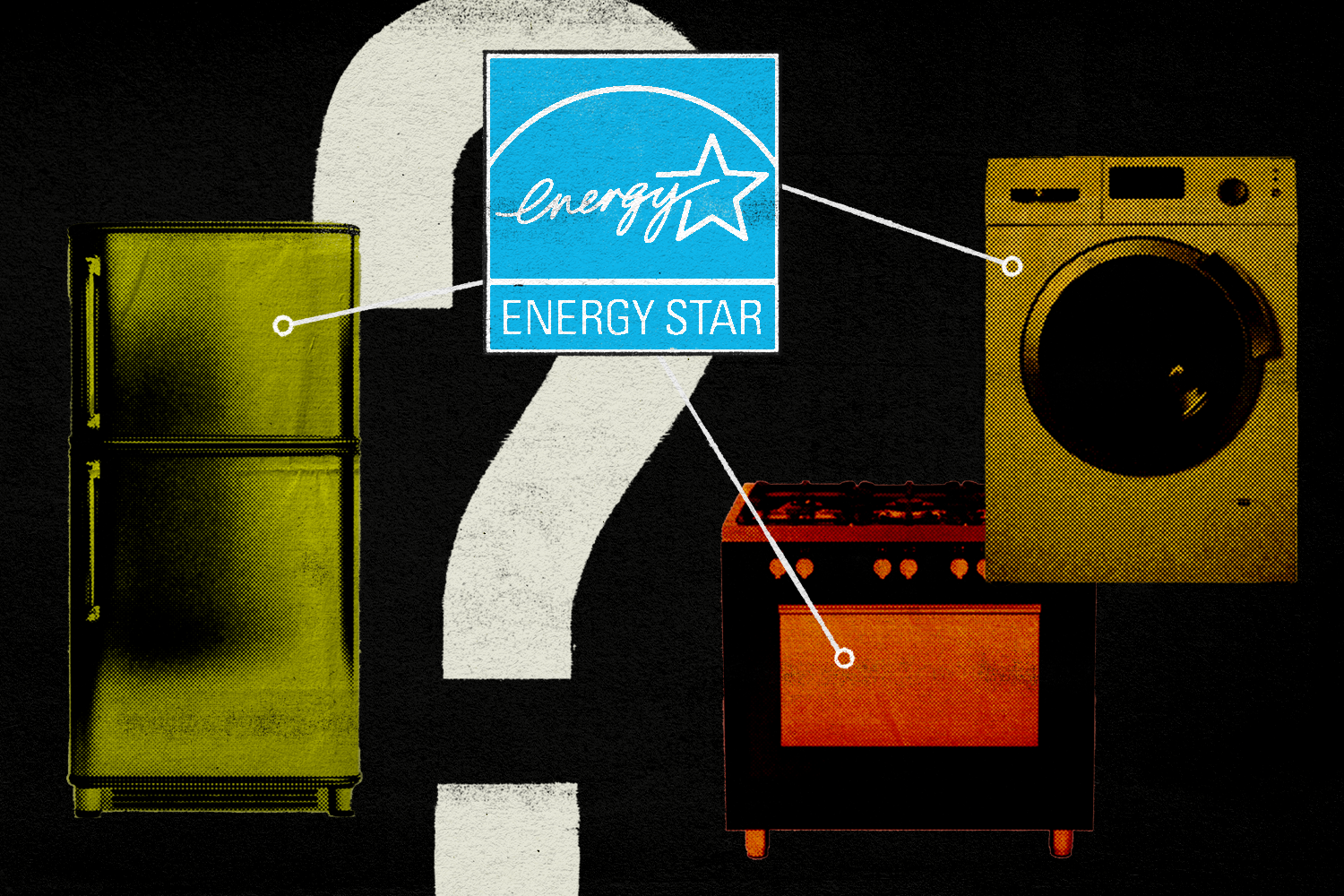What happens to appliances without Energy Star?
How to shop for appliances if the program goes poof

Sign up and save the world
The one5c newsletter delivers our best tips right to your inbox
Energy Star has saved Americans some $500 billion in energy costs and offset around 4 billion metric tons of greenhouse gas emissions since its inception in 1992. The EPA-run program’s certifications ……

